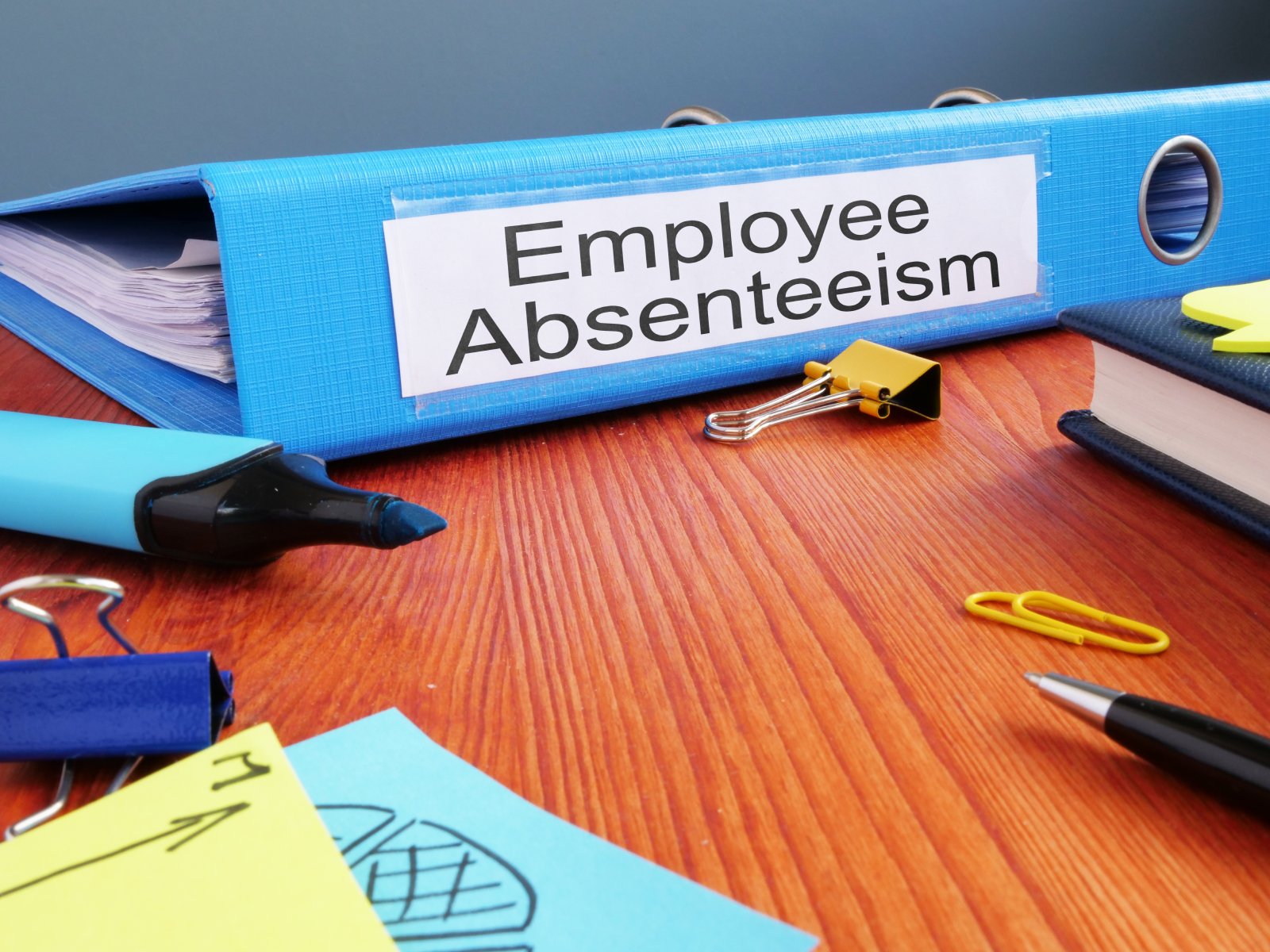According to a new survey, around 40% of Washington parents have left or been fired from their jobs after having children. This trend is mainly due to high child care costs and little state support.
Employment Struggles in Washington

A recent survey has revealed that Washington parents are suffering from high rates of job loss after having children. High child care costs have driven previously working parents into unemployment.
Expenses of Raising Children

The survey also focuses on how expensive it is to raise children in Washington, as many families cannot afford to pay for child care while balancing the costs of living, like mortgage, food, and taxes.
Washington’s Average Cost of Living

Washington state has a higher-than-average cost of living, so housing, groceries, and healthcare all have high price tags. This makes it challenging for parents to balance their work and family lives.
The Role of Housing Costs

Washington has high housing costs as well. Many families cannot afford both rent or mortgage payments and childcare, so they must often make difficult decisions about employment.
Childcare Costs

On average, Washington parents pay thousands of dollars every year for just one child, with costs increasing with more children. These expenses are unaffordable for many, especially if working forces them past the qualification line for subsidized child care.
Economic Consequences for the State

This trend of parents leaving the workforce isn’t only expensive for families, but also has significant economic impacts. Washington loses billions in lost productivity and tax revenue each year because of the lower workforce participation rates.
How Much is Lost?

According to a recent survey, the state lost around $1.5 billion in taxes because of the number of parents who are no longer working and paying taxes, in order to afford to care for their children.
The Individual Cost

For Washington residents, around $6.9 billion of income associated with child care was lost because of employee turnover, absenteeism, and job loss. This trickles down to around $870 per resident.
The Survey

The surveys were run by Child Care Aware of Washington, and focused on the data of 606 parents to make conclusions about the wider population. Nearly 40% of the parents were fired or had to quit work since their children were born.
Hurting the Economy

Genevieve Stokes, the director of government relations at Child Care Aware of Washington, said that this is “not just a problem that child care providers need to face and deal with…this is something that’s hurting the overall economy.”
Strain on Washington Residents

Washington families are experiencing lower quality of life and higher dependency on social services as a result of these high costs and low employment. The financial strain also negatively affects parents’ mental health.
Health Insurance and Employment

Losing a job has an additional cost: employee-sponsored health insurance. This adds another layer of stress for parents, who need to consider their and their children’s health and safety needs.
Childcare Shortages

Child care costs are not only high, but also in limited supply. There is a shortage of child care providers in Washington state, which forces parents to either find alternative methods or stay at home.
Women’s Workforce Participation

Women are disproportionately affected by these child care challenges, and many times, they are the ones leaving the workforce. This halts gender equality progress in the workplace and as many women don’t want to stay home, but have no other choice.
The Burden on Single Parents

Single parents often have no choice but to work while navigating the expensive and difficult child care industry. These parents face higher rates of job loss and financial instability.
The Role of Employers

Employees can help to adjust this new cultural norm by offering more flexible work arrangements, like remote work or flexible hours. These options could be helpful for parents who still want to work, but need a more adjustable schedule.
The Need for State Intervention

The state needs to intervene to address this childcare crisis. Washington’s investment in child care programs and better subsidies could help more parents to stay employed and support economic growth in the long-run.
Expanding Child Care Subsidies

While there are child care subsidies currently, they are not enough to address many issues for Washington families. By expanding the number of parents with subsidy access, more people are likely to reenter the workforce.
The Fair Start for Kids Act

Three years ago, the Fair Start for Kids Act was passed, which is supposed to expand who is eligible for the child care subsidies program. Starting next year, those who make 70% of the state’s median household income will qualify.
Future Outlook for Washington Families

Without state intervention, these challenges are likely to continue and possibly escalate, causing harm to the economy and workforce. Addressing these issues is key to the future of the state and many Washington families.
Millennials Are Over It: 25 Reasons Woke Culture Is Losing Its Charm

Has the push for progress tipped too far into preachiness? Here’s why many Millennials might think so. Millennials Are Over It: 25 Reasons Woke Culture Is Losing Its Charm
Is It Time Boomers Paid the Price for America’s Economic Inequality?

The American Dream feels more elusive than ever, especially for younger generations. What was once achievable through hard work now faces significant hurdles, from skyrocketing college costs to the challenging pursuit of homeownership. Here’s a look at why it’s tougher for Millennials and Gen Z compared to Baby Boomers. Is It Time Boomers Paid the Price for America’s Economic Inequality?
Rent Crash in California: Landlords Scramble as Prices Take a Hit

California’s rental market is taking a nosedive, with major cities seeing huge drops in rent prices. Rent Crash in California: Landlords Scramble as Prices Take a Hit
Featured Image Credit: Shutterstock / New Africa.
The content of this article is for informational purposes only and does not constitute or replace professional advice.
The images used are for illustrative purposes only and may not represent the actual people or places mentioned in the article.




